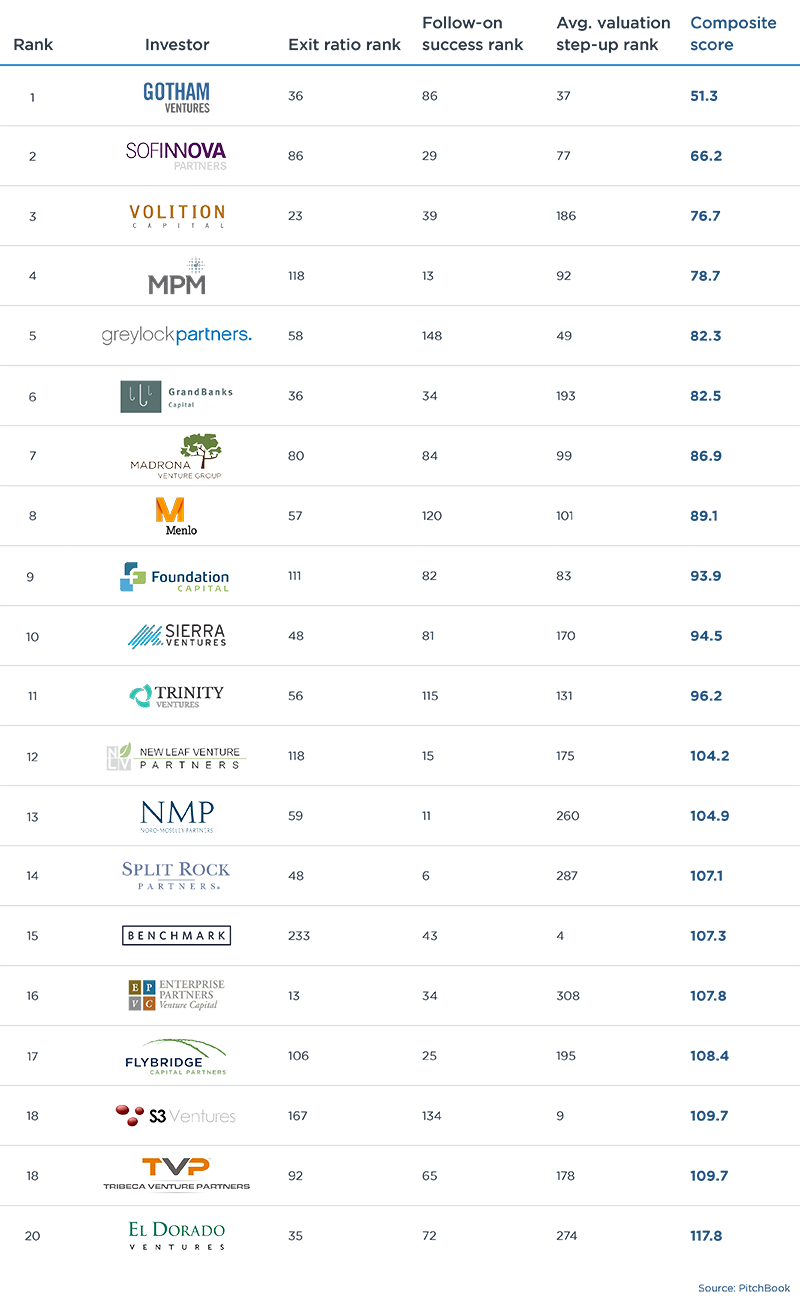“It’s not about staying on a board so you can get credit on a list. It’s about doing what’s right. Forbes you can help by moving away from individuals and creating a league table — like we have for EVERY OTHER PART OF THE CAPITAL STACK. Take away the incentives to compound lone wolf antics which really just end up with marginal governance and bad outcomes. Your Midas List data is pretty gerrymandered anyways so why not try something new. Besides, after this article, enough influential people in Silicon Valley will be embarrassed by this list and think it’s a joke anyways. Rank firms instead.” – Chamath Palihapitiya
We are establishing a new kind of “power list” that ranks the impact that firms (teams), rather than individuals, have on their investments. But first we’d like to publish several different datasets that will hopefully create conversations around the ranking of VC teams, the kind of criteria that should be used, etc. We’ll start by ranking firms based on these three criteria: successful exit ratio, success rate of follow-on investments and average valuation step-up of portfolio companies. Note that fund returns and exit value are not included in these initial calculations. We plan to incorporate these and other ideas from our readers in the next iteration. Our methodology is provided at the bottom of this article.
Here’s our initial ranking:
The 20 most impactful VC teams (V1)

Methodology
Only firms that ranked in all criteria were given a composite score.
Exit ratio rank:
- Only firms with at least 10 investments since 2002 are included.
- Successful exit ratio only considers portfolio companies that received their first VC investments prior to 2013, not to invalidate startups that have haven’t had proper time to exit (4.5 years is currently about the median time it takes for a VC-backed company to exit). Companies that have had a successful exit within that timeframe did get counted.
Follow-on success rank:
- Only firms with at least 10 investments since 2002 are included.
- Success rate is measured by the percentage of a firm’s investments that has secured follow-on funding.
- Each follow-on round had to close in 2015 or prior.
Avg. valuation step-up rank:
- Average valuation step-up is determined by calculating the valuation changes between any financings after initial investment.
- Firms need at least three follow-on investments with a tracked valuation to qualify.
Composite rank:
- The overall rank is a weighted average of a firm’s ranking in each of the three categories.
- Follow-on success rate and avg. valuation step-up are weighted equally (30%), with exit ratio weighted slightly higher (40%).
This analysis excludes healthcare/life sciences investments due to the different funding timelines, success benchmarks and value metrics between this industry and others.

